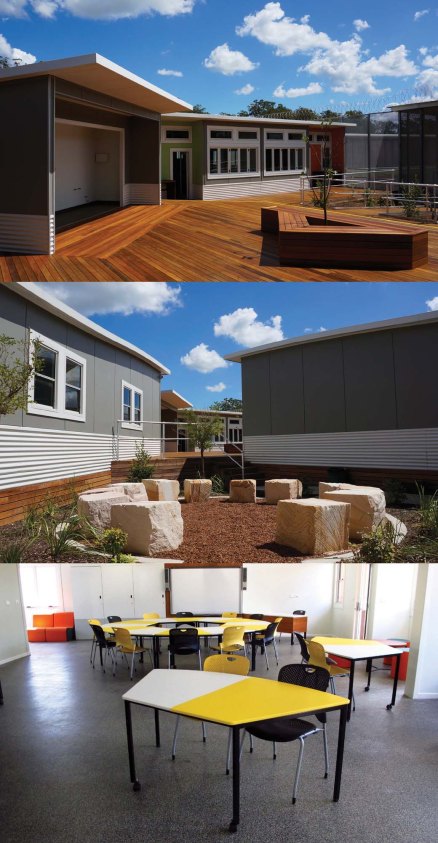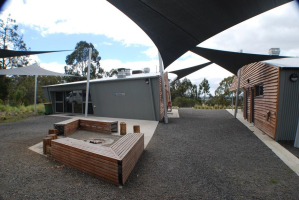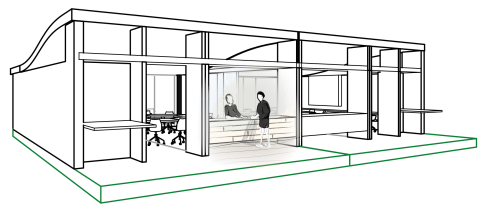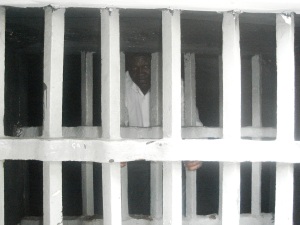On the 2nd April a new Intensive Learning Centre facility was opened at Mid North Coast Correctional Centre that is the result of a unique collaboration between Corrective Services NSW and the Designing Out Crime research centre at the University of Technology, Sydney. The collaborative project was to design and construct a learning centre for 40 inmates that would operate under a therapeutic model within the context of NSW maximum security prison. The brief challenged designers to create a prefabricated and furnished design model which was secure, offered a 21century learning environment, inspired integration and rehabilitation and could be fabricated by inmates in Corrective Services Industries vocational training programs. The project followed a unique process of co-design and consultation with inmates, teachers, correctional centre management staff, and senior managers in CSNSW. This process realized a facility with the following features:
- Architecture and materials to create an aesthetic and functionality consistent with co-operative relationships between educators and students, enabling a capacity for problem solving, creativity and social interaction required in modern work environments.
- A flexible model of classroom design to support dynamic learning that is scalable for differing audiences and activities.
- Integrated technology to support education delivery and dynamic learning opportunities including smart boards, laptops and audio-visual equipment.
- Designation and design of spaces to support Aboriginal learning styles and cross cultural discussion.
- Designed-in capacity for customisation such as interchangeable art panels that allow each cohort to build ownership and establish connection with the environment.
- Interlinked indoor and outdoor spaces that create a unique sense of community and connectedness in the correctional environment.
- A secure facility that embeds all the standard security features while creating a safe environment through the use of an open-plan community aesthetic.
The Designing Out Crime team is currently undertaking a post occupancy evaluation to assess the performance of the design and Tasman Munro is undertaking a PhD looking at the design’s impact on interaction within the space.
Tasman Munro – Industrial designer Kevin Bradley – Architect
Rohan Lulham – Psychologist Douglas Tomkin – Designer
Lucy Klippin – Designer Jessica Wong – Designer
Links
http://www.tasmanmunrodesign.com/blog/2014/4/Intensive-Learning-Centre-for-Maximum-Security-Prison
http://www.bradleyarchitecture.com.au
https://au.prime7.yahoo.com/n1/video/-/watch/22343745/back-to-school-for-in
http://www.macleayargus.com.au/story/2196124/16m-learning-centre-opens-at-aldavilla-jail/
http://newsroom.uts.edu.au/events/2014/05/thinking-inside-box



 Author:
Author:
